10 years ago, the largest environmental disaster in American history occurred — the Deepwater Horizon Oil Spill. You probably remember it. But it’s worth reflecting on as we mark the 50th anniversary of Earth Day.
Let’s quickly rewind to 1859. A businessman named Edwin Drake struck ‘rock oil’ near Titusville, Pennsylvania. Drake was the first American to successfully drill for oil. A rush ensued, and a new industry was born, centered on a highly flammable and polluting substance borne out of millions of years of natural decomposition and decay.
Fast forward 150 years later. On the evening of April 20th 2010, a blowout occurred on the Deepwater Horizon oil rig. High-pressure methane gas had risen into the drilling rig, quickly igniting and exploding. Visible from 40 miles away, the flames overwhelmed first responders. Two days later, the platform sank, leaving oil gushing at the seabed…until July, 87 days later.
How Much Oil Escaped
The US government estimated 4.9 million barrels of oil, or 206 million gallons, spilled due to the disaster, which translates to 780,000 cubic meters. Imagine a box that’s almost a kilometer wide, a kilometer long, and a kilometer high. If that’s too abstract for you, it’s roughly equivalent to 70 million shoeboxes.
Then, fill that box with oil and dump the box in the ocean. You’ve just replicated the Deepwater Horizon oil spill.
Those 780,000 cubic meters directly affected 68,000 square miles of ocean, or roughly 176,000 square kilometers. With some quick math, we can observe that on average, each of those 176,000 directly affected square kilometers had 4.4 meters of oil (or ~15 feet) on average lurking under the surface. If you can’t grasp the severity, I can’t help you.
What I Remember from the Oil Spill
This is perhaps the only environmental disaster I’ve ever witnessed with my own eyes. I distinctly remember flying over the oil spill near Louisiana sometime in June 2010, about two months after it occurred. Everyone crowded the left side of the plane to see the damage.
I took photos (one of which I managed to recover, see below) marking the clearly distinct oil contrasted against the blue water. #tbt to me using Microsoft Paint to delineate the oil from the water!
I unfortunately don’t recall exactly what 15-year-old me was contemplating as I stared at all that oil. 10 years later, I can only think of the cruel irony of observing endless oil below me as I flew on an airplane literally burning tons of oil.
Brief tangent – despite fuel efficiency improvements over the years, air travel substantially harms the planet! US airlines received a bailout earlier this week, which we opined on last month.
The Human and Environmental Toll
Deepwater was an unmitigated human and environmental catastrophe. It killed 11 people and injured dozens of others. It left vast swaths of ocean fatally contaminated, turning an area teeming with life inhospitable. Thousands of miles of beach were contaminated. In the six months following the disaster, over 8,000 animals were found dead. An estimated one million birds died.
Years later, oil residue remained, continuing to kill innocent creatures and damage pristine habitat. Deepwater occurred near a large ocean dead zone in the Gulf of Mexico (also caused by destructive anthropogenic activities in the form of industrial agriculture, which we wrote about earlier this week) and exacerbated it, with methane levels measuring about 100,000 times above normal.
Turtles and birds and fish and dolphins washed up onshore, drenched in slimy oil that suffocated them and rendered them unable to live normally. Many developed skin lesions or heart deformities. Some died from cardiac arrest caused by toxins.
For the coastal residents of Louisiana, Deepwater escalated existing concerns driven by climate change. An area dealing with precariously rising sea levels now reckons with erosion sped up by the oil spill.
Wetlands are an ecological anchor, helping all living things – human and nonhuman – by providing a host of critical benefits that disappear with habitat loss. Louisiana contains 40% of America’s remaining wetlands but loses roughly a football field of wetland habitat every hour.
Our Petroleum Addiction
Deepwater displayed the frailties of our petroleum addiction as clear as day. This disgusting, damaging, and dangerous substance has thrown our planet in a tailspin. We have so many viable alternatives. But we still cannot get enough of Black Gold.
Sunday marks 10 years since Deepwater. In 2010, the year of the disaster, the planet used about 86 million gallons of Black Gold every day. Now, we use 100 million gallons every day. Forecasters predict COVID-19 will put a sizable dent in our addiction (with a side effect of reduced prices), but we need more than a temporary dent.
We need a global intervention, a massive mobilization focused on powering our planet with the bountiful clean energy nature so gracefully provides. And we must develop an economic model that hastens the long overdue demise of Black Gold.
In 2010, when Deepwater exploded, atmospheric carbon dioxide concentrations hovered around 390 parts per million. Now, they’re zooming past 410 parts per million, with no signs of abatement.
The hardest part? We still haven’t learned our lesson from the Deepwater Horizon Oil Spill.
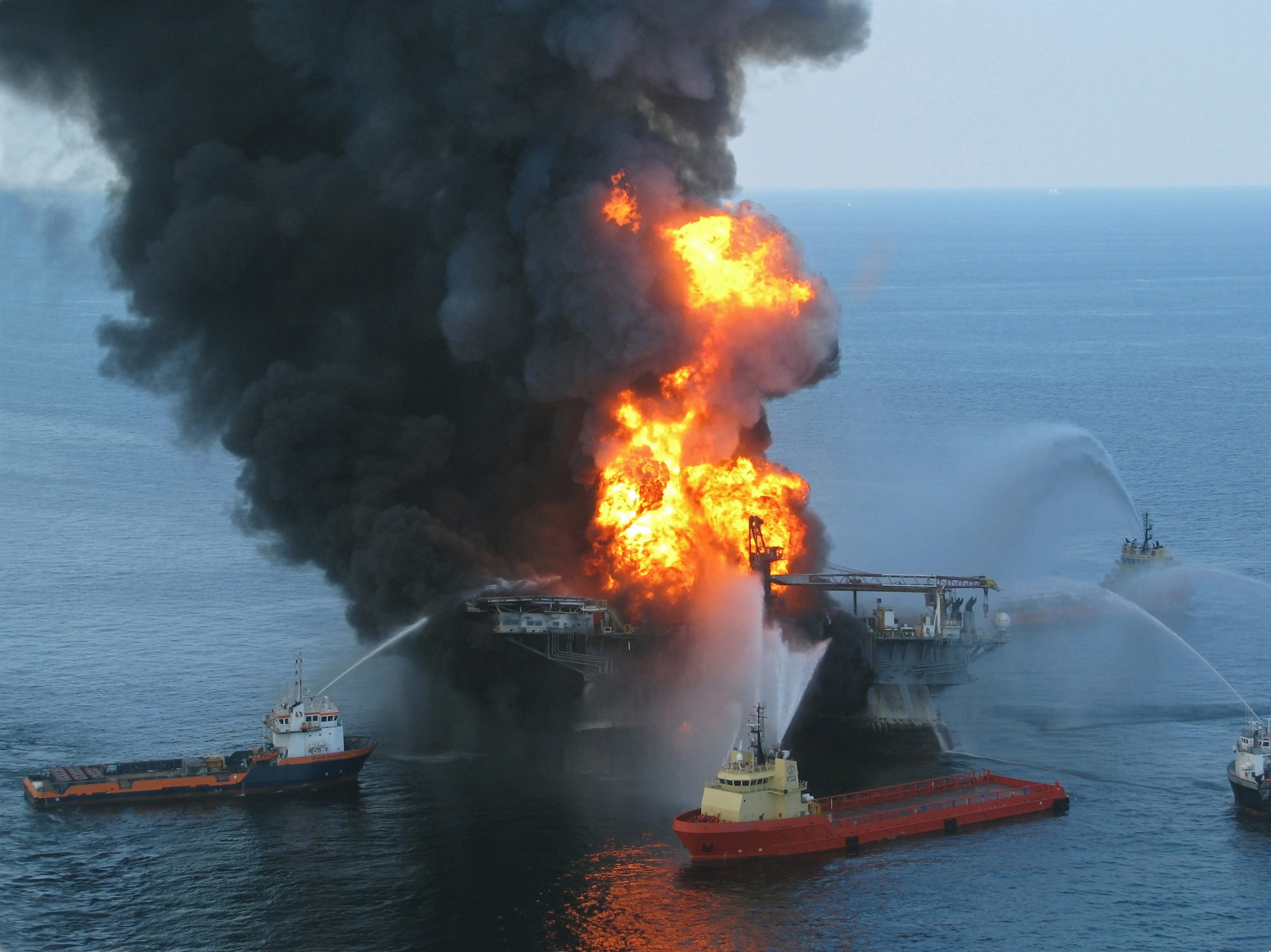



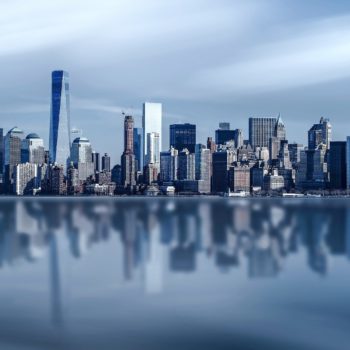
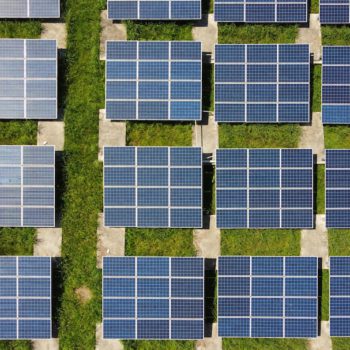
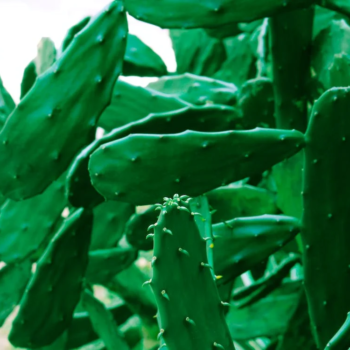

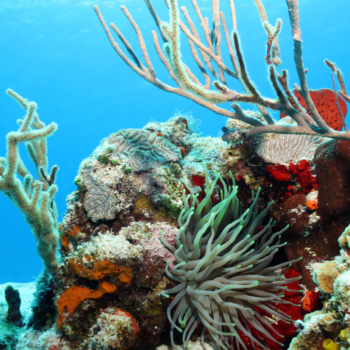




No Comments